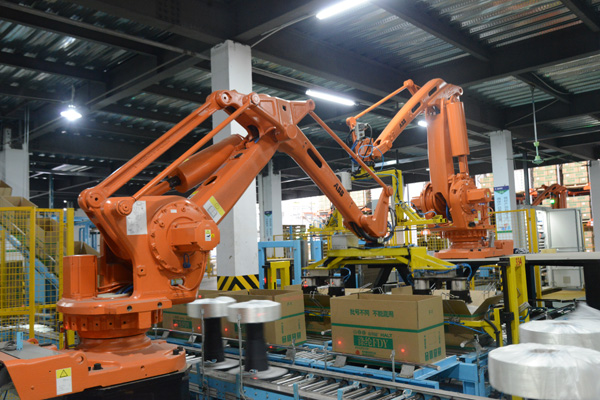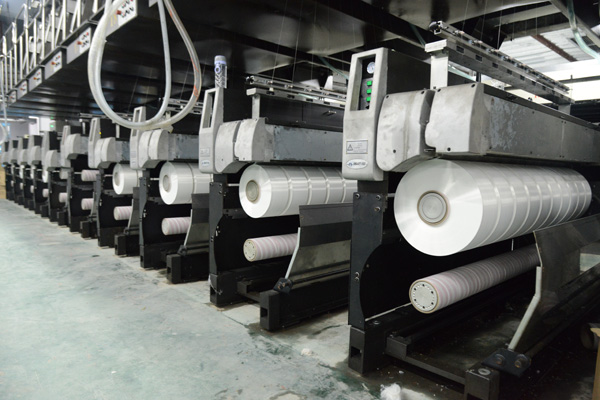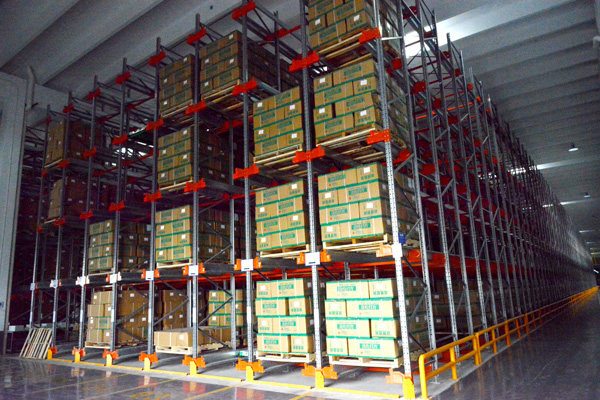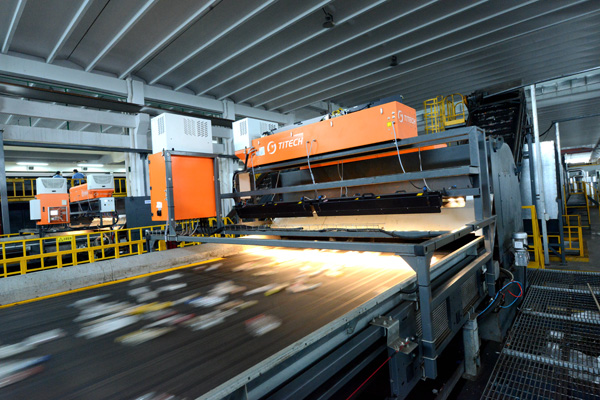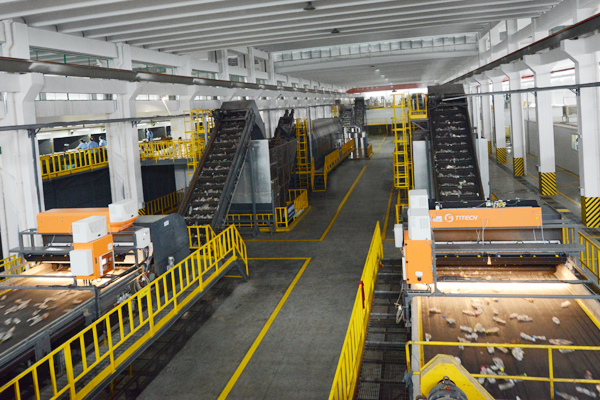What Is Polyester Made Of?
2022-09-08
What Is Polyester Made Of?
Polyester (polyethylene terephthalate) is derived from a chemical reaction involving petroleum, air, and water. This artificial fiber is comprised of purified terephthalic acid (PTA) and monotheluene glycol (MEG).
Polyester is thermoplastic, meaning it can be melted and reformed. When making polyester, chemists melt polyester pellets and force them through small holes (spinnerets). On the exit side of the spinnerets, the continuous filaments of what we know as polyester fibers solidify. The size and shape of the hole dictate the shape and diameter of the fibers. The fibers are solid polymer; there are no void spaces inside the fibers. These continuous filaments—called “tow”—can be cut to any length (there is no length distribution, all fibers are manufactured to be perfectly homogeneous) to produce staple fibers for use in textiles and nonwovens, or they can be left as a continuous monofilament, which resembles fishing line.
Polyester Properties
Polyester is hydrophobic. For this reason, polyester fabrics don’t absorb perspiration, or other fluids, leaving the wearer with a moist, clammy feel. Polyester fibers typically have a low level of wicking. Relative to cotton, polyester is stronger, with a greater ability to stretch. Fiber strength can range from 2.5 grams/denier to 9.5 grams/denier.
Environmentally concerned purchasers frown on polyester use. Since it’s a man-made fiber derived from petroleum-based products, polyester is not considered sustainable, nor is it biodegradable.


























